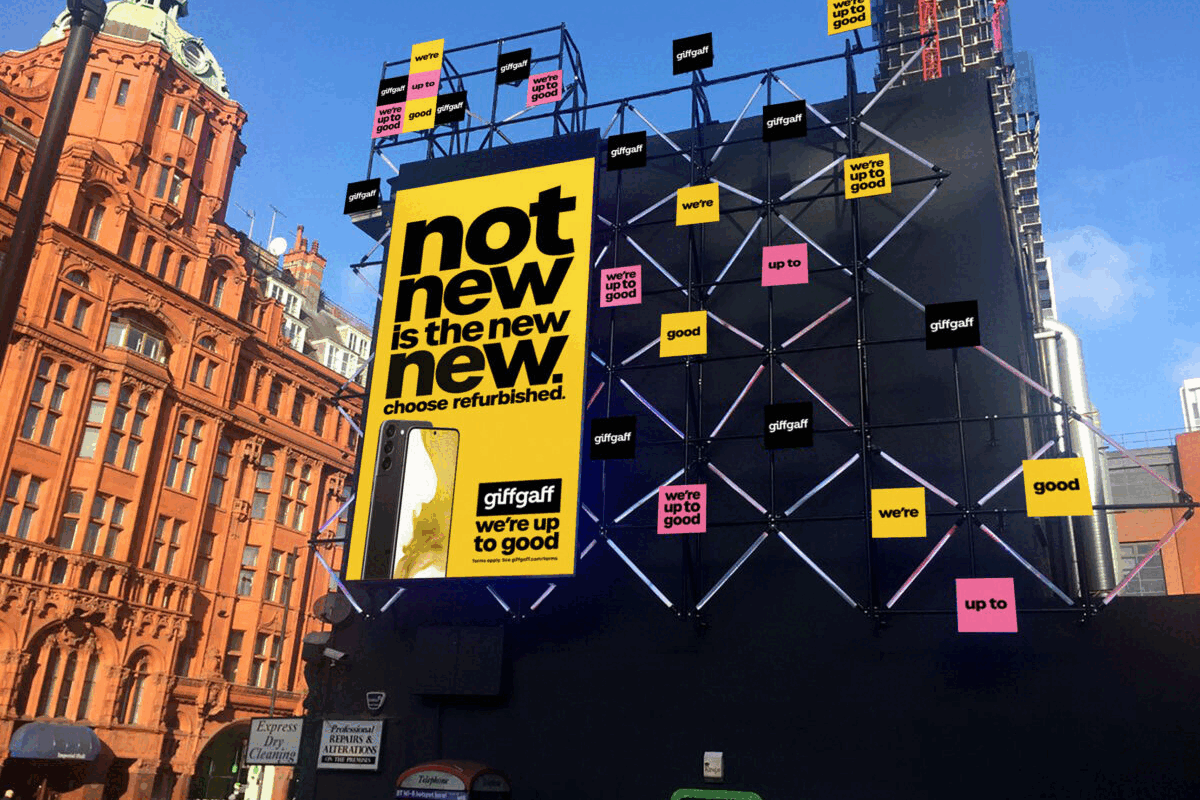Five Per Cent of Web Browsers Have Fraudulent Ad Injectors Installed
- Tuesday, March 31st, 2015
- Share this article:
 Over five per cent of people visiting Google websites have at least one ‘ad injector’ – programs that insert new display ads, sometimes on top of the pages existing ads – installed in their web browser. Of these people, half have at least two injectors installed and nearly a third have four or more.
Over five per cent of people visiting Google websites have at least one ‘ad injector’ – programs that insert new display ads, sometimes on top of the pages existing ads – installed in their web browser. Of these people, half have at least two injectors installed and nearly a third have four or more.
The study, conducted with researchers at University of California Berkeley, only covered desktop browsers, but was based on more than 100m pageviews, across Mac and Windows and Chrome, Firefox and Internet Explorer.
Google says that since the beginning of the year, it has received more complaints about ad injectors than any other issue – 100,000 in total.
The study also found that 34 per cent of Chrome extensions injecting ads were classified as outright malware.
“People don’t like ad injectors for several reasons: not only are they intrusive, but people are often tricked into installing ad injectors in the first place, via deceptive advertising, or software bundles. Ad injection can also be a security risk, as the recent Superfish incident showed,” said Google software engineer Nav Jagpal.
“But, ad injectors are problematic for advertisers and publishers as well. Advertisers often don’t know their ads are being injected, which means they don’t have any idea where their ads are running. Publishers, meanwhile, aren’t being compensated for these ads, and more importantly, they unknowingly may be putting their visitors in harm’s way, via spam or malware in the injected ads.”
The research has also been used pro-actively, to identify 192 Chrome extensions that affected a total of 14m users, all of which have since been disabled as part of Googles larger efforts to prohibit ad injectors.















